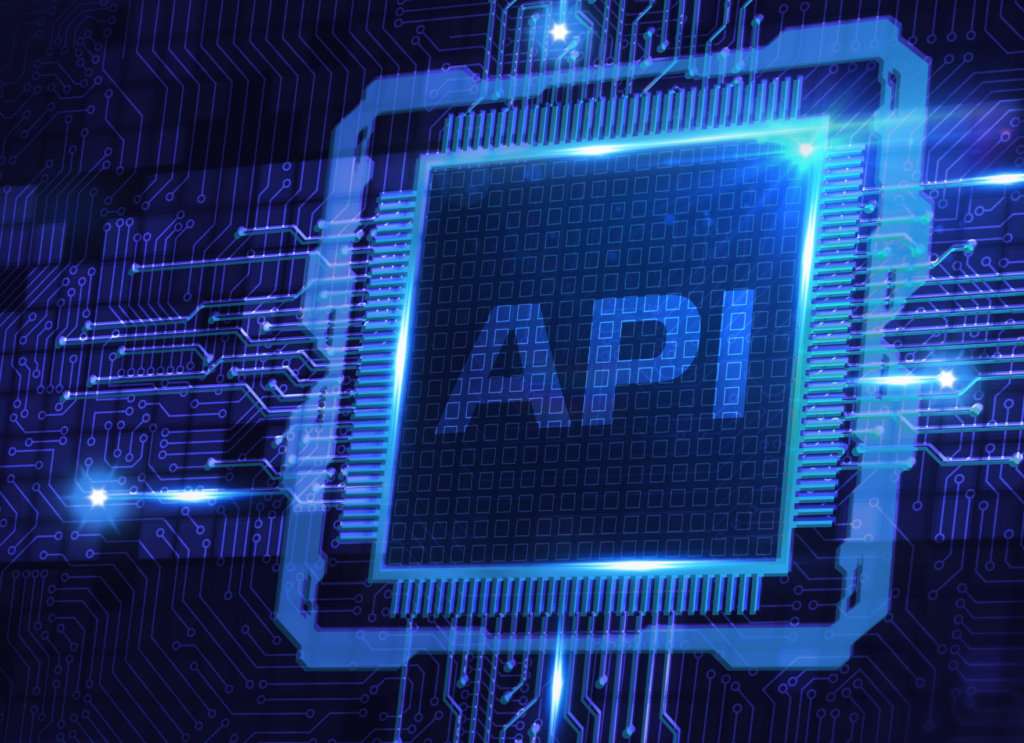API Strategies for sustainable Success
In the world of software development, APIs are essential building blocks. This blog post will guide you through the best practices of API design, from the correct use of HTTP methods to efficient data handling.
The development of APIs (Application Programming Interfaces) is a central challenge in software development. In order to create a powerful, maintainable and user-friendly API, there are best practices that both newcomers and experienced developers should follow.
Basic Principles of API Design
1. Using the HTTP Methods:
GET to read data.
POST to create resources.
PUT to update existing resources.
DELETE to delete resources.
Other methods such as PATCH, OPTIONS and HEAD should be used according to their specific use cases.
2. Descriptive URIs:
URIs (Uniform Resource Identifiers) should be descriptive and represent resources, not actions. Example: `/users` for user resources or `/products` for product resources.
3. Naming Resources with Nouns:
Plural nouns are standard, i.e. `/users`, `/products`.
4. Introduce Versioning:
By inserting the API version in the URI, e.g. `/api/v1/users`, changes can be implemented without affecting existing clients.
Efficient Data Management
Using HTTP status codes correctly: Suitable codes such as 200 OK, 201 Created, and 500 Internal Server Error signal the result of an API operation.
JSON as a data exchange format: JSON is lightweight, easy to parse and widely used.
Use HTTP headers: These are used to transfer metadata and control caching, authentication and content type.
Standardized response format: Consistent structures for success and error responses facilitate parsing by clients.
Pagination for large data sets: Pagination should be implemented to improve performance and reduce the load on the client and server.
Security and Documentation
Authentication and authorization: Mechanisms such as OAuth and JWT (JSON Web Tokens) secure the API. Authorization mechanisms regulate access based on user roles and authorizations.
Error handling: Informative error messages and appropriate HTTP status codes are essential.
Comprehensive documentation: Tools such as Swagger or Redocly support the documentation of the API, including endpoints, request/response formats and authentication mechanisms.
Testing and increasing productivity
API testing: Thorough testing of the API in positive and negative scenarios is essential to ensure robustness.
Fast API development with low-code tools: Tools such as Linx enable rapid development thanks to ready-made specifications and drag-and-drop interfaces.
Conclusion
Adhering to these guidelines and using suitable tools enables the development of reliable APIs that are not only functional but also future-proof. Although technologies evolve, the basic principles of API development remain constant and form the foundation for successful software projects.


